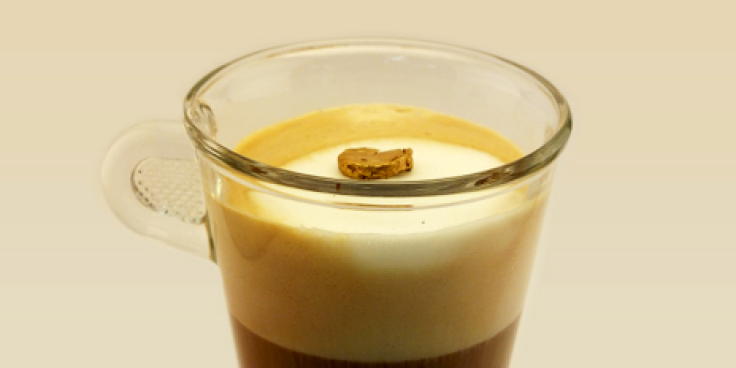Gold as light as air created by Swiss team


A gold foam that corresponds to 20-carat gold and is as light as air has been created by researchers at ETH Zurich. Conventional gold weighs over nineteen times more than water, and is almost twice as heavy as lead. The new aerogel with a glitter cannot be differentiated from conventional gold with the naked eye.
The foam consisting of 98 parts air and only two parts solid material lends itself to use in jewellery, chemical catalysis and in pressure sensors. Of the solid part, more than four-fifths is gold and less than one-fifth is milk protein fibrils, resulting in 20-carat gold.
The researchers led by Raffaele Mezzenga, professor of Food and Soft Materials, produced the three-dimensional porous mesh of gold in a new method where gold and the scaffold structure are created simultaneously.
Milk proteins were first heated to produce nanometre-fine protein fibres, or amyloid fibrils, which was then placed in a solution of gold salt. Even as the protein fibres formed a basic scaffold structure, the gold crystallized to give the gel-like gold fibre network.
Drying this fine network without destroying it was a challenge, said Gustav Nyström, first author of the study in the journal Advanced Materials. The scientists opted for a gentle but laborious drying process using carbon dioxide instead of air drying. This was the result of interdisciplinary effort with researchers from the Process Engineering team.
It allowed them to obtain a homogeneous gold aerogel, perfectly mimicking gold alloys. The foam was, however, thousand times lighter than gold alloys.
The method also allowed them to change the colour of the foam to a deep red by altering the size and shape of the gold particles. This allows scientists to change the optical properties of the foam. Nanoparticles of any element display properties much varied from the conventional element. This property has been applied here.
Conventional gold is slightly harder than a fingernail but not as hard as glass. It is a good conductor of heat and electricity, and is unaffected by air and most reagents that allow it to be used in many industrial applications. Gold, which is soft, is usually hardened by the addition of elements like copper, silver, nickel, palladium and zinc.
© Copyright IBTimes 2024. All rights reserved.





